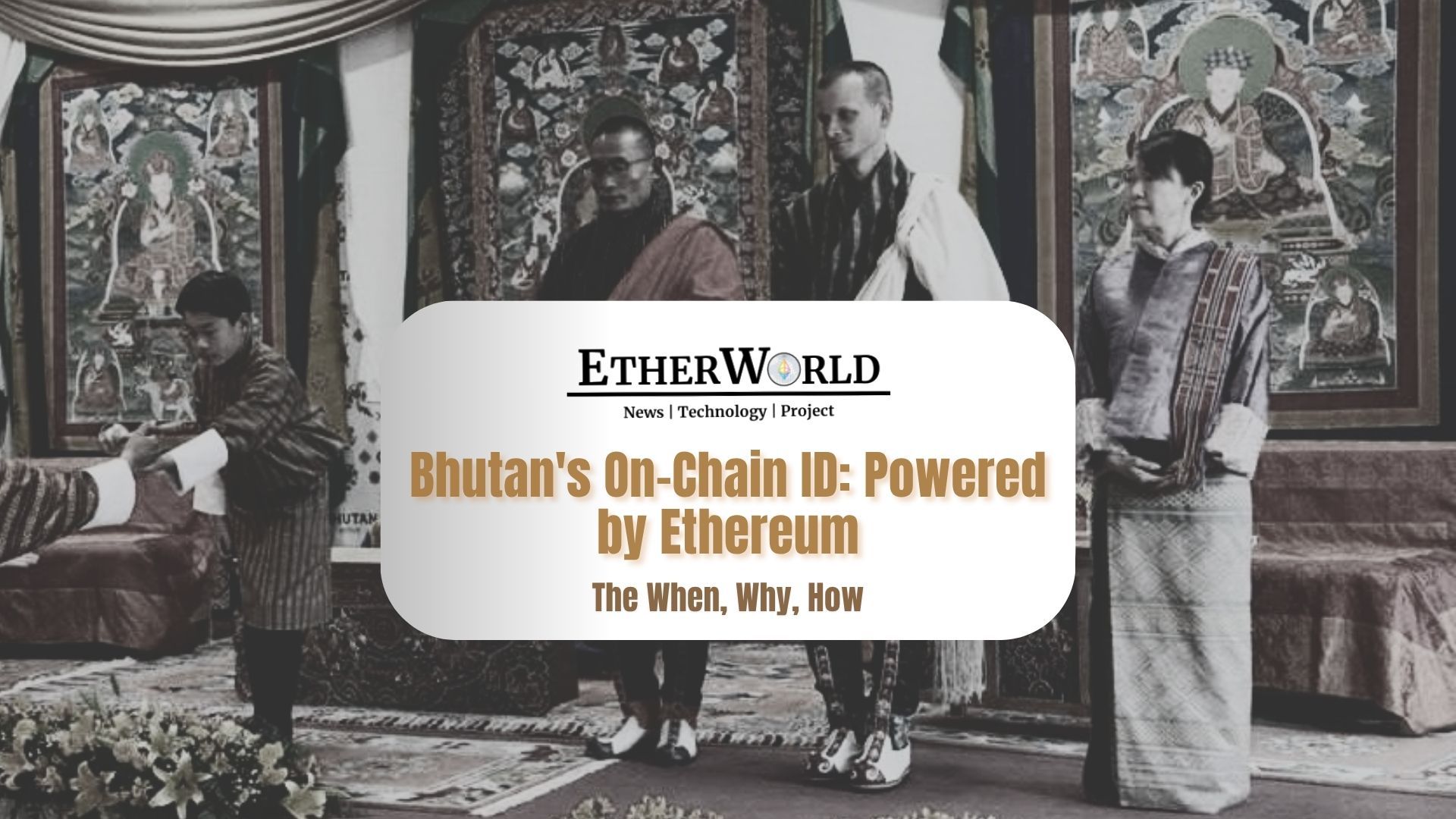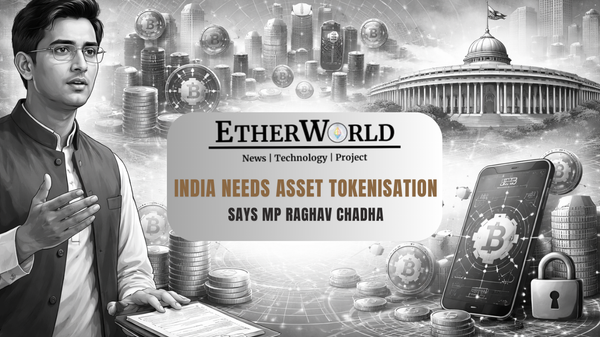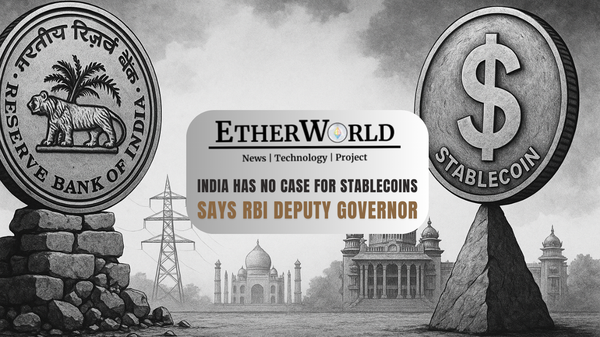Bhutan has moved its national digital ID onto Ethereum, making it the first country to anchor a population‑scale identity system on a public blockchain. The integration went live on October 13, 2025, with a full migration of credentials planned into 2026. This shift means a verifier anywhere can confirm a Bhutanese credential is real and not revoked without seeing the person’s private data because only issuer signposts and status records live on‑chain while personal information stays in the citizen’s wallet.

The system is built to feel simple for everyday use. Government offices issue digital cards to a phone wallet. When proof is requested “over 18”, “licensed”, “resident", the wallet shows only that fact using cryptography, not scans of full documents. Ethereum provides a neutral, globally visible ledger of who is allowed to issue what and whether a credential is still valid, so any verifier can check quickly, without collecting or storing sensitive details.
This outcome follows a clear growth arc. Bhutan started on Hyperledger Indy to validate privacy‑by‑design, moved to Polygon in 2024 for scale and tooling, and now anchors on Ethereum for neutrality, auditability and cross‑border verifiability. The legal foundation, the National Digital Identity Act of 2023, already recognizes digital credentials and e‑signatures, aligning technology with enforceable rights and consent instead of fragile policy.
1/ Today, Bhutan celebrates a historic milestone, becoming the first nation to anchor its national digital identity system on Ethereum. ??@VitalikButerin and I were honored to join the launch ceremony on behalf of the Ethereum community, graced by His Royal Highness. pic.twitter.com/KA4tOYbsJ4
— Aya Miyaguchi (@AyaMiyagotchi) October 13, 2025
For citizens, the change reduces forms and waiting: faster SIM activation, banking, and licensing by sharing only what’s needed instead of an entire identity dossier. For verifiers, it replaces calls to home databases with a public, independent check, shrinking data silos and leak risk while raising confidence that a credential is genuine and up‑to‑date.
There are hard problems being handled deliberately: making the experience work on basic phones and weak connections, keeping fees predictable, making revocation simple and reliable, and minimizing metadata so proofs don’t reveal more than intended. Progress continues through a phased migration, more issuers, and developer programs that turn use cases into stable services.
What comes next is broader service coverage at home and smoother checks abroad. The goal is to make “prove just enough” the default: quick for people, clear for verifiers, private by design, and anchored to open infrastructure that anyone can audit and no one can quietly rewrite.
Simlar Reads
- Global Digital Finance War: How 7 Nations Are Redrawing the Digital Economy Map
- India, Australia, Germany, US: A Global Look at Cryptocurrency Regulation
- How Banks Are Turning Dollars into Digital Tokens, A look at Stablecoins
- Polygon Co‑founder Sandeep Becomes First CEO, Shifts to Startup Mode
- From Ban to Boom: Coinbase’s Daring Comeback to Ignite India's Crypto Revolution
Disclaimer: The information contained in this website is for general informational purposes only. The content provided on this website, including articles, blog posts, opinions, and analysis related to blockchain technology and cryptocurrencies, is not intended as financial or investment advice. The website and its content should not be relied upon for making financial decisions. Read full disclaimer and privacy Policy.
For Press Releases, project updates and guest posts publishing with us, email to contact@etherworld.co.
Subscribe to EtherWorld YouTube channel for ELI5 content.
Share if you like the content. Donate at avarch.eth
You've something to share with the blockchain community, join us on Discord!








